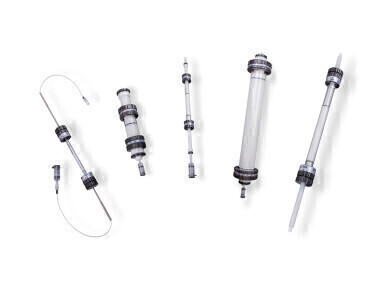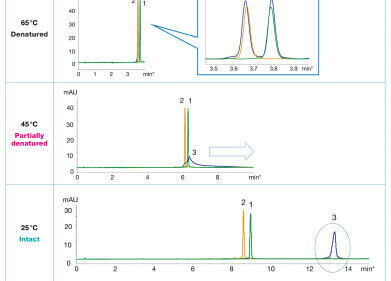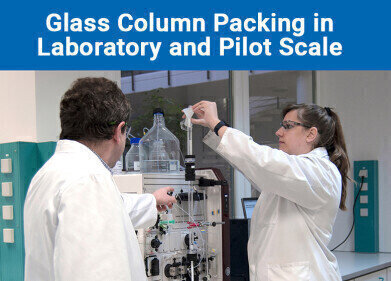Columns (LC)
Is Veterinary Medicine Making Its Way into Corned Beef?
Mar 06 2017
Corned beef and onion sandwiches and corned beef hash are staples of many people’s diet — or is it just me? The term ‘corned’ is an Old English word meaning ‘large grain’ — and so corned beef refers to the ancient practice of storing beef under large grains of rock salt to preserve the beef. Although originally corned beef was produced in Britain and Ireland — most corned beef nowadays is produced in South America and has been since World War II. Indeed, in 1943 over 16 million cans were shipped from the port of Fray Bentos in Uruguay.
Corned beef is produced from only a few ingredients — typically, cooked beef (94%), beef (3%), salt, and sodium nitrate. The sodium nitrate acts as a preservative helping to keep bugs at bay and the beef looking pink. But a recent paper published in the journal Food Additives and Contaminants: Part A suggests other ingredients could be present.
Mrs May’s chemist
The paper relates to an analysis carried out by the Laboratory of the Government Chemist (LGC). LGC acts as an independent chemist who provides advice to the Government, or acts as an intermediary in disputes over chemical analysis results in food, agriculture or any other industrial sector. Public protection is the main aim of LGC’s function, providing national safeguards and protections often under Statutory guidelines.
In this instance involving corned beef — the LGC was asked to report on a case involving disputed analysis results on 54,000 cans of corned beef imported from Brazil. The dispute centred on analytical results for the substance albendazole between the importer and the Official Analyst.
Albendazole — clears up tapeworms
Albendazole is a drug used to treat tapeworm infestations in both humans and animals — but when used in animals, drug residues must be below the maximum limits in food because of the effect they can have on human embryos. In this instance, the importer stated that the levels were below the maximum level. But when the Public Analyst tested some of the cans on arrival in the UK, they found that the levels were above the maximum allowable levels.
Enter LGC to carry out referee analysis. These are the finding reported in the paper referenced above. The LGC used a liquid chromatography separation followed by tandem mass spectrometry (LC-MS/MS) and found results in line with the Public Analysts findings. Consequently, the shipment was rejected. Some of the latest LC column developments are discussed in the article, An Introduction to the Concept of Monodensity in Silica Particles and its Effect on Chromatographic Performance.
Digital Edition
Chromatography Today - Buyers' Guide 2022
October 2023
In This Edition Modern & Practical Applications - Accelerating ADC Development with Mass Spectrometry - Implementing High-Resolution Ion Mobility into Peptide Mapping Workflows Chromatogr...
View all digital editions
Events
Apr 23 2024 Kintex, South Korea
Apr 23 2024 Seoul, South Korea
Apr 28 2024 Montreal, Quebec, Canada
May 05 2024 Seville, Spain
May 15 2024 Birmingham, UK














